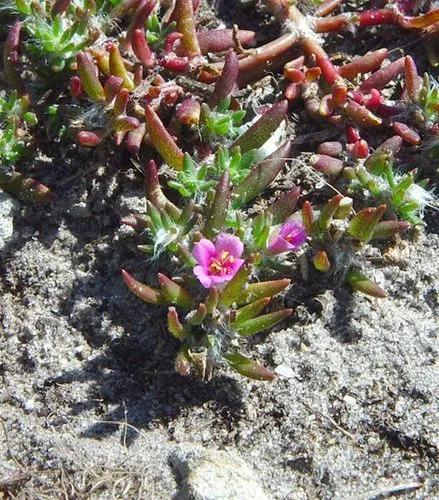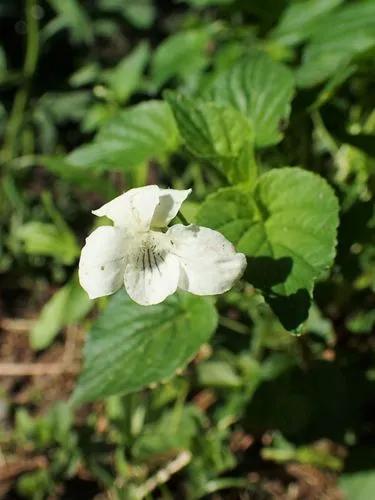Plumeria (/pluːˈmɛriə/) is a genus of flowering plants in the family Apocynaceae. Most species are deciduous shrubs or small trees. The species variously are endemic to Mexico, Central America and the Caribbean, and as far south as Brazil and north as Florida, but are grown as cosmopolitan ornamentals in warm regions. Plumeria flowers are most fragrant at night in order to lure sphinx moths to pollinate them. The flowers yield no nectar, however, and simply trick their pollinators. The moths inadvertently pollinate them by transferring pollen from flower to flower in their fruitless search for nectar. Insects or human pollination can help create new varieties of plumeria. Plumeria trees from cross pollinated seeds may show characteristics of the mother tree or their flowers might just have a totally new look.[citation needed. Plumeria species may be propagated easily by cutting leafless stem tips in spring. Cuttings are allowed to dry at the base before planting in well-drained soil. Cuttings are particularly susceptible to rot in moist soil. One optional method to root cuttings is applying rooting hormone to the clean fresh-cut end to enable callusing. Plumeria cuttings could also be propagated by grafting a cutting to an already rooted system. The Plumeria Society of America lists 368 registered cultivars of Plumeria as of 2009
Plumberia Care
Plumeria sp.



How to Care for the Plant

Water

In general, plumeria's water needs are dry to medium. Plants in full sun will need more water than those in part shade. Let the soil dry out before watering, and plan to reduce watering in the winter. Overwatering promotes root rot.

Pruning

In general, frangipani is fairly tolerant of pruning, and you can prune it for a variety of goals. To create a central trunk or standard, prune lower branches all the way to the trunk while the tree is developing. To make the tree denser or bushier, prune the branches to about 1/3 or 1/2 of their unpruned length to encourage multiple branches to grow from the pruned ends.

Fertilizer

Frangipani benefits from feeding twice a year, once at the beginning of the growing season in spring and once at the beginning of fall. Use a slow-release fertilizer designed for flowering trees.

Soil

Use a new container just a size above the one it grows in currently. Using a container that is larger than one size above leaves room for soil to remain too wet, which will damage the tree. Have a well-draining soil mix ready. Add it one third up in the new container. Put the prepared plant into the container and backfill, tamping soil down as you go. Water in lightly. Moisten the soil, but do not drench. If you did not fertilize before dormancy, give it a light feeding of liquid houseplant fertilizer high in phosphate.

Temperature

Plumeria prefer temperatures between 65 and 80 degrees Fahrenheit. When temperatures drop below 50 degrees, the plant will drop its leaves and go dormant.

Container

You can sink container grown plumerias in the ground

Additional

All parts of the plumeria are considered toxic and the sap can cause a rash in sensitive people. The trees can grow up to 30 feet in height with a wide, broad canopy. Petite pink is an evergreen, dwarf frangipani shrub ideal for hedging and container planting.

Popularity

488 people already have this plant 83 people have added this plant to their wishlists
Discover more plants with the list below
Related articles






